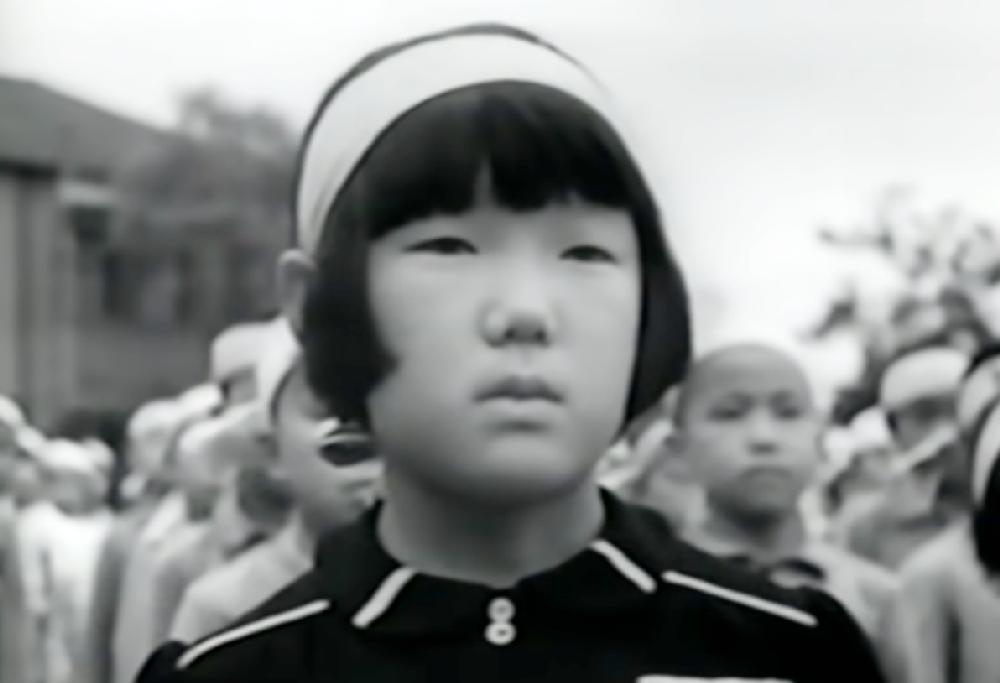
Figure 1.--Here we see school children, both boys and girks, wearing hachimaki while doing their school military training exercises under the supersvision of Army personnel. Notice that their hachimaki are still. |

|
A hachimaki (鉢巻) is a Japanese headband worn over the forehead. During World War II it was usually made of a wide white cloth tied at the back. It featured a kanji (script) slogan at the front. They were worn as a symbol of the warer's aspirations and courage by the wearer--inspirtional slogans. They were worn by soldiers and thus primarily worn by men. But children doing school military training exercizes also wore them. This included the girls. The hachimaki worn by the children were blank. Apparently the slogan was not to be added until it was time to go into combat. The origin is uncertain. The most likely speculation is that they were by samurai, worn underneath armored helmets. They prevented cuts from their hard helmets and to make their helmets more comfortable. Japanese Kamikaze pilots wore hachimaki as they flew to their deaths. Modern hachimaki often have the Rising Sun symbol, but we do not see this in the World War II versions.
Related Chronolgy Pages in the Boys' Historical Web Site
[Late 19th century]
[The 1930s]
[The 1940s]
[The 1930s]
[The 1940s]
[The 1950s]
[The 1960s]
[The 1970s]
[The 1980s]
Navigate the Boys' Historical Clothing School Pages
[Australia]
[England]
[France]
[Germany]
[Ireland]
[Italy]
[Japan]
[New Zealand]
[Scotland]
[United States]
Related Style Pages in the Boys' Historical Web Site
[Long pants suits]
[Short pants suits]
[Socks]
[Eton suits]
[Jacket and trousers]
[Blazer]
[School sandals]
Navigate the Boys' Historical Clothing Web Page
[Return to Return to the Japanese school history first Showa 1940s era]
[Return to Return to the Japanese school history first Showa era]
[Return to Return to the Japanese school history 210th century page]
[Return to Main Japanese School History
Page]
[Return to Main Japanese School Page]
[About Us]
[Activities]
[Chronology]
[Clothing styles]
[Countries]
[Debate]
[Economics]
[Garment]
[Gender]
[Hair]
[History]
[Home trends]
[Literary characters]
[School types]
[Significance]
[Transport and travel
[Uniform regulations]
[Year level]
[Other topics]
[Images]
[Links]
[Registration]
[Tools]
[Return to the Historic Boys' School Home]
